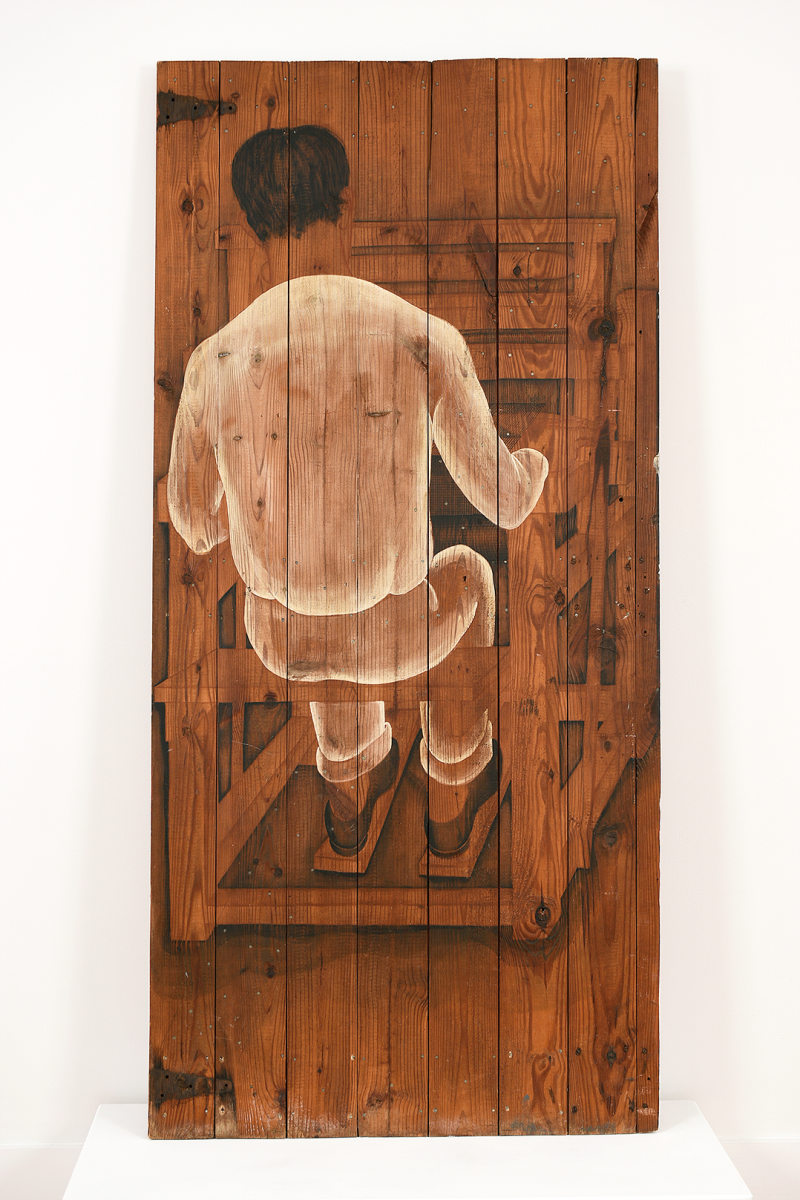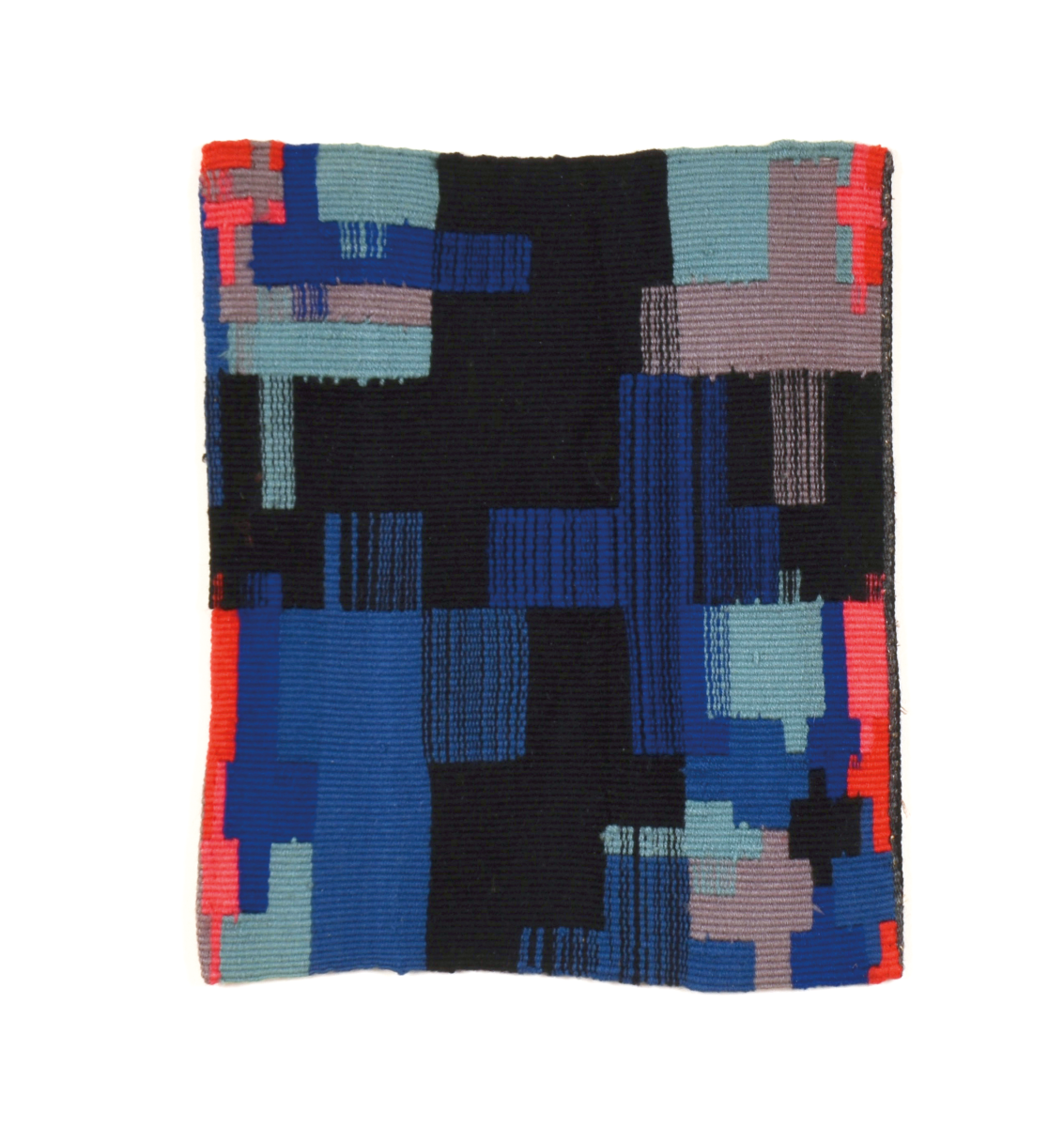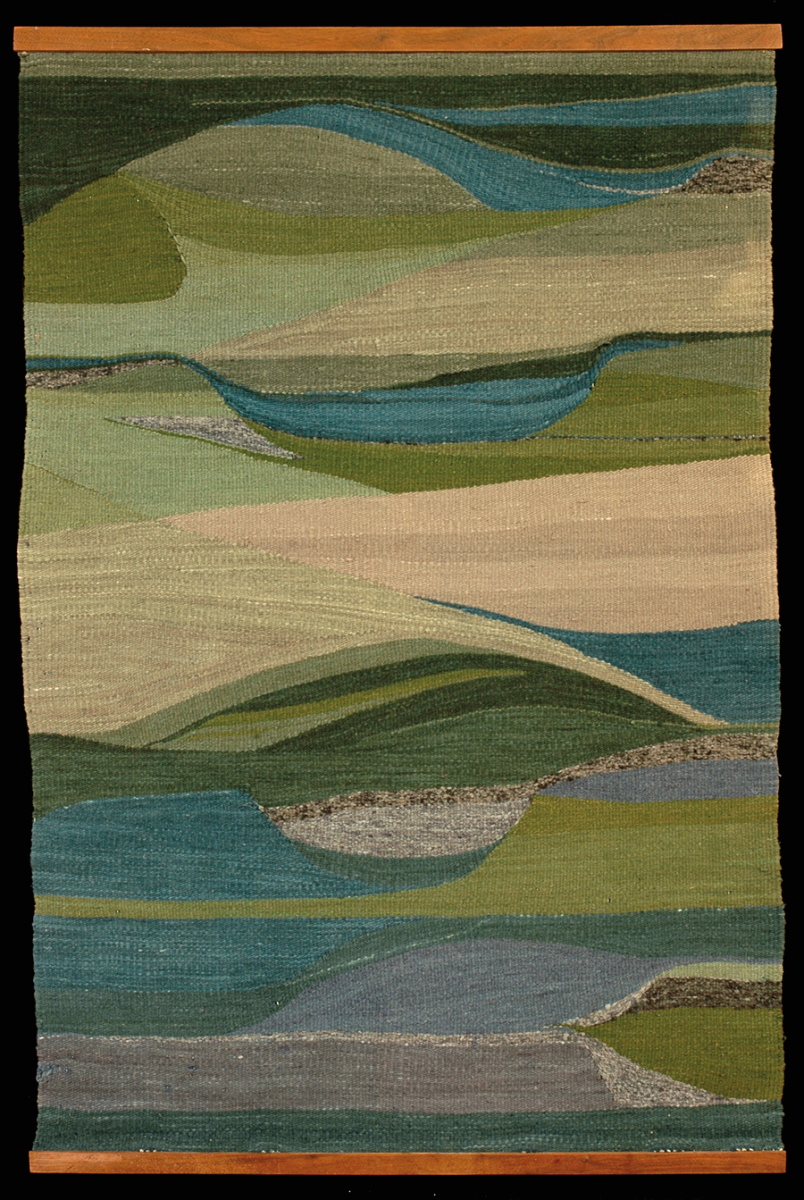Weaving by Design
Weaving by Design
Curators Julie J. Thomson and Michael Beggs hope their upcoming exhibition, Weaving at Black Mountain College, will shine a new light on the legendary Asheville, North Carolina, experiment in higher education. “There are famous people who went to Black Mountain College—Robert Rauschenberg, Ray Johnson, and Ruth Asawa are probably the most famous among the artists—but when you focus on weaving, a whole different college emerges,” Beggs told me.
Consisting of more than 100 objects—including textiles, material studies, and photographs—the show promises to demonstrate that weaving was an integral part of Black Mountain’s educational mission and its culture, becoming one of its most successful design programs and shaping thinking about textile and design nationwide.

Just before influential designers Josef and Anni Albers left Germany in 1933—when the Bauhaus, where they taught, closed under pressure from the Nazis—Josef wrote to inform one of his future colleagues at the new Black Mountain College, “My wife will bring her loom.” Despite the fact that this new college was not an art school per se, he continued, “She thinks she can give students an understanding of weaving materials and practices and perhaps some lessons.”
Those modest aims developed into a program where students learned both theory and practice under the guidance of faculty members including Trude Guermonprez, Marli Ehrman, and Tony Landreau. Weaving was a serious course of study: almost 10 percent of all the students to ever come through Black Mountain until it ceased teaching classes in 1956 took at least one course in the discipline—including Rauschenberg and Johnson. (Surprisingly, Asawa did not study weaving at the college, though a few of her works are included in the show; among them is a swatch of mattress ticking based on a drawing made using a laundry stamp.)
Photographs of students at their looms give a sense of the vibe of Black Mountain’s weaving program: serious, imaginative, experimental—and co-ed. While the discipline was treated as an exclusively feminine one at the Bauhaus, at Black Mountain it was for everyone. (Perhaps to underline that point, one of the objects in the show—a painting Faith Murray Britton made on the wooden door to the weaving studio—depicts a young man seen from the back, hard at work at a loom.)
The work that came out of Black Mountain ranged from utilitarian to deeply experimental, always with an eye to both artistic and industrial goals. One photograph depicts Anni Albers weaving with a set of cards, or tablets; a photograph of a material study using wood shavings and twigs will also be on view. Thomson pointed out a wall hanging made by Guermonprez, inspired by hummingbirds she saw in her yard and at the San Diego Zoo: “It’s amazing how she pulls the warp threads out from the supportive role and over the wild birds to create the cages.”

Don Page, Black Mountain’s first student to graduate in weaving, is depicted in Faith Murray Britton’s painting on a campus door, ca. 1941–1942. Photo by Alice Sebrell.

College student-turned-instructor Elizabeth Schmitt Jennerjahn’s Cross, 1949, wool, 12.5 x 10 in. Photo courtesy of Black Mountain College Museum + Arts Center.

Student Joan Potter Loveless’s Bay Area, ca. 1960–70, wool, 56 x 37 in. Photo by Alice Sebrell.





